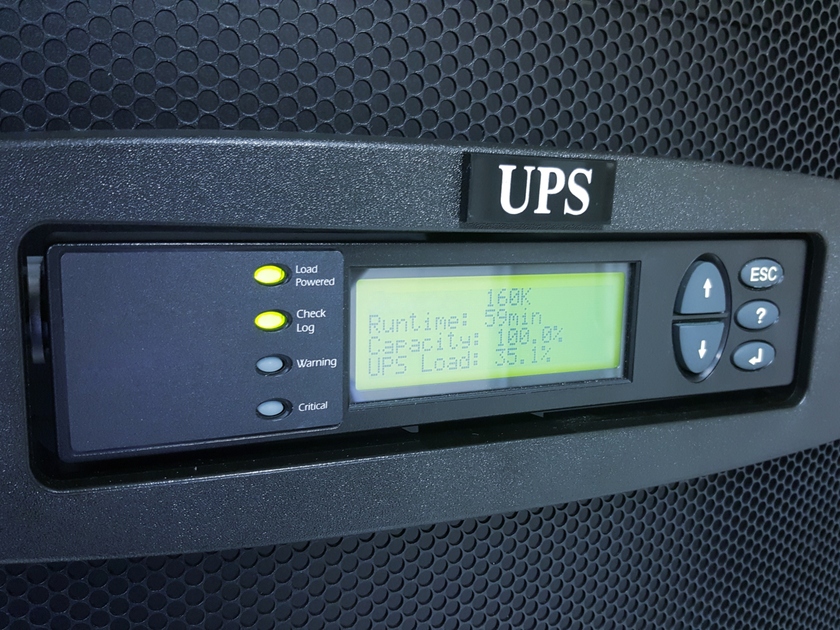Power disturbances can result in costly downtime and even equipment damage. Uninterruptible power supply (UPS) systems can provide protection. A variety of systems — online, line-interactive and offline — are available. Here, we explain how each type works and their advantages and disadvantages.
Online UPS
As its name implies, a double-conversion online UPS converts power twice. First, alternating current (AC) input, with all its voltage spikes, distortion and other anomalies, is rectified into direct current (DC). Next, the DC charges a battery. Third, DC from the battery is inverted back into AC that's tightly regulated by the UPS.
The AC output in online systems can have a different frequency from the AC input — something not possible with a line-interactive UPS. All the power provided to the load equipment goes through this double-conversion process when utility AC input is present. When utility power is interrupted, a UPS only draws power from the batteries. The load never detects a difference.
With multiple power stages, an online UPS will have many more components than a typical line-interactive system. The rectification and inversion processes also consume some energy. A delta conversion type can regularly bypass the double conversion when utility power is present and reduce energy losses.
Online units have no switchover time, and their power conditioning offers the best protection against power quality problems. They also provide power factor correction. Online systems are the best choice for applications with mission-critical equipment, such as servers and routers. Their disadvantages include lower reliability, higher costs, more heat generation and increased energy use.
Line-interactive units
Line-interactive units have built-in surge and noise suppression. However, they will only supply AC output with power from the battery upon a complete outage or when the AC line voltage falls outside a wide range. They don't provide power factor correction.
Roughly 10% of line-interactive unit capacity is used to charge the battery. So, line-interactive systems can maintain power briefly during an outage or power quality disturbance, but online systems provide a higher degree of protection. In some cases, a constant voltage transformer is inserted between the power supply and the equipment being protected to correct minor voltage sag.
Offline systems
Offline systems are the simplest and least expensive type of UPS and are typically used for a single computer or other application where a minimum level of protection is required. The UPS device charges under normal operating conditions and then switches over to provide power during an outage.
Work with a trusted supplier to carefully evaluate your application and power reliability needs to select the right UPS system for your facility.

